Search
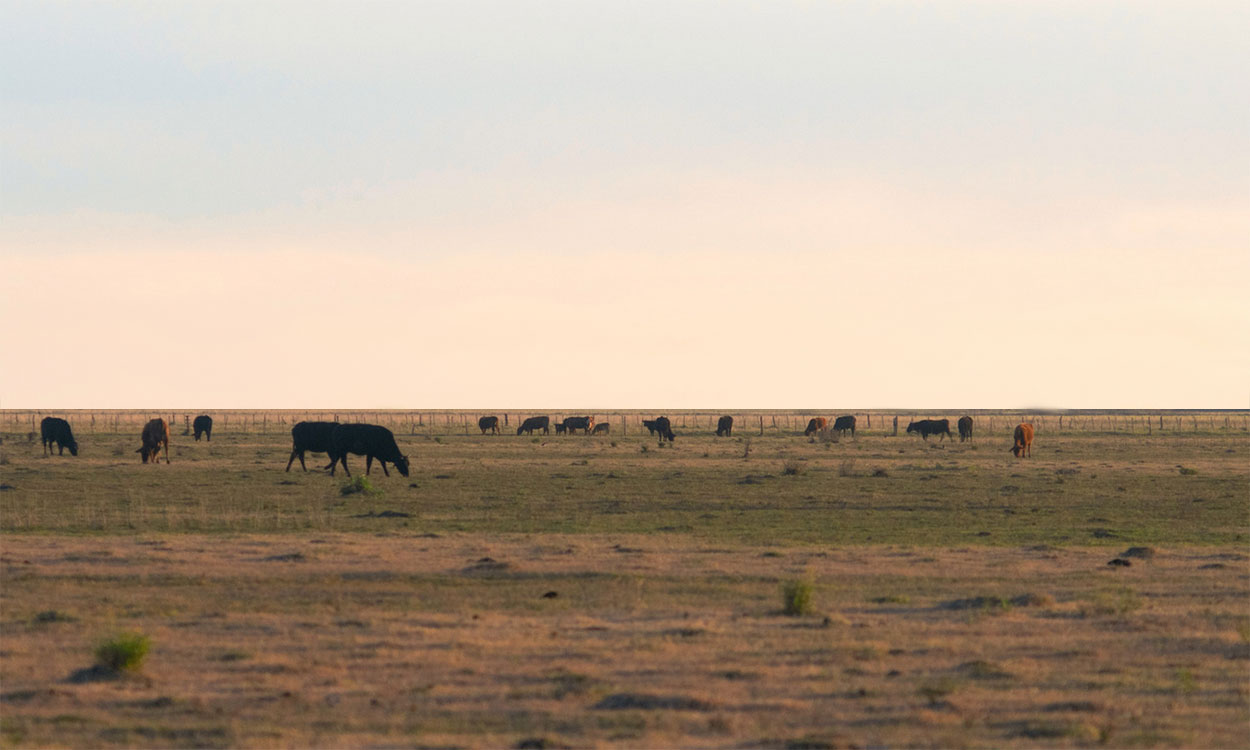
Producer Views on Patch Burn Grazing vs. Winter Patch Grazing in S.D.
Traditional rangeland management promotes uniform forage utilization, yet causes detrimental effects on the richness of plant species and wildlife habitat. Therefore, management practices that increase heterogeneity in vegetation play an important role in developing habitat types and preserving grassland wildlife species.
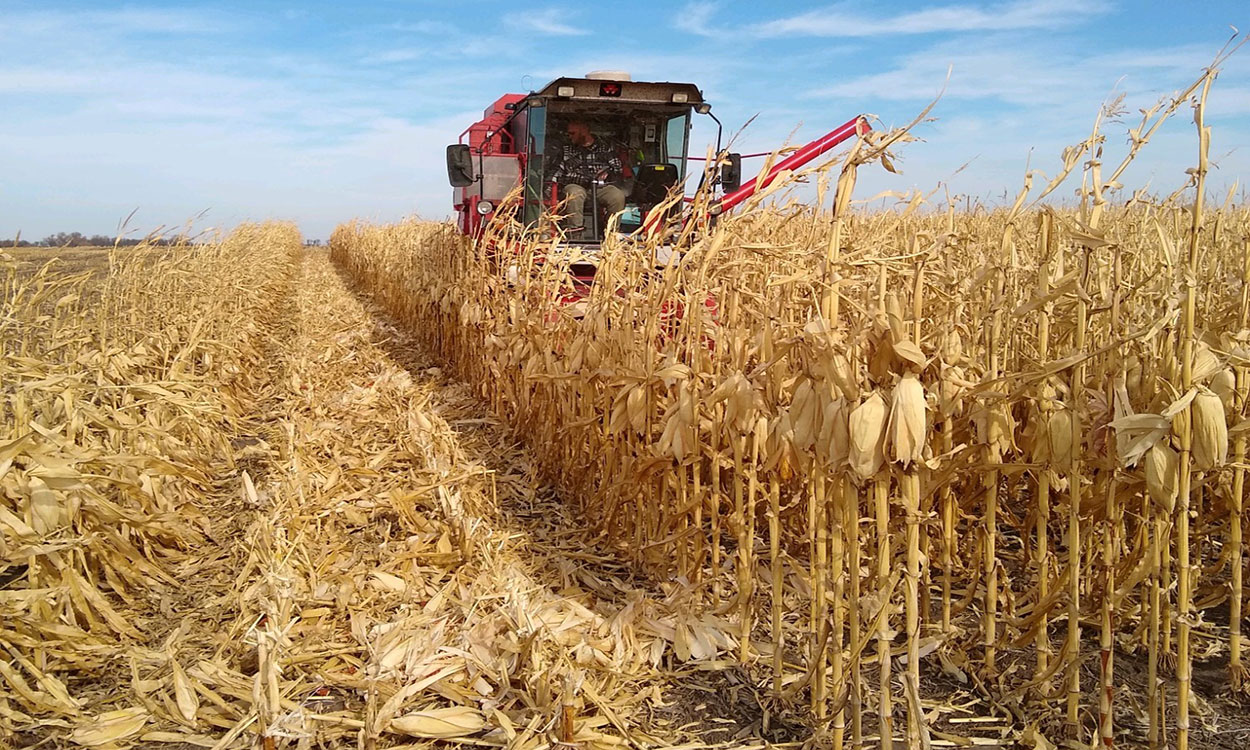
Using Data for Better Seed Selection
As harvest wraps up across the region, winter preparation and planning for next year begins. Yield trial results are a key component when making sound seed selection decisions.
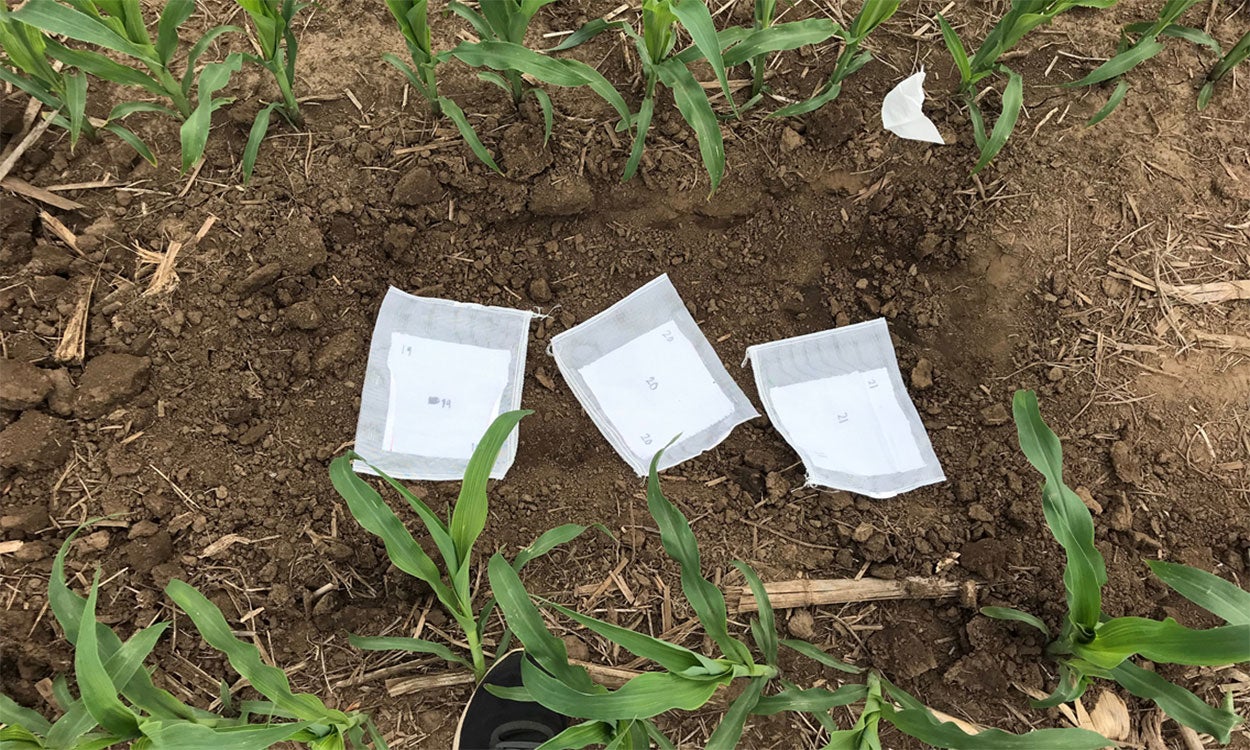
Cotton Strip Soil Test: Rapid Assessment of Soil Microbial Activity in the Field
Soil has always been considered as a living system due to its biological components: fungi, bacteria and plant roots. Under several ongoing research projects, we started researching how we can use ‘cotton strip assay’ to compare different cover crop mixes to optimize field soil activity and build up better soil health.
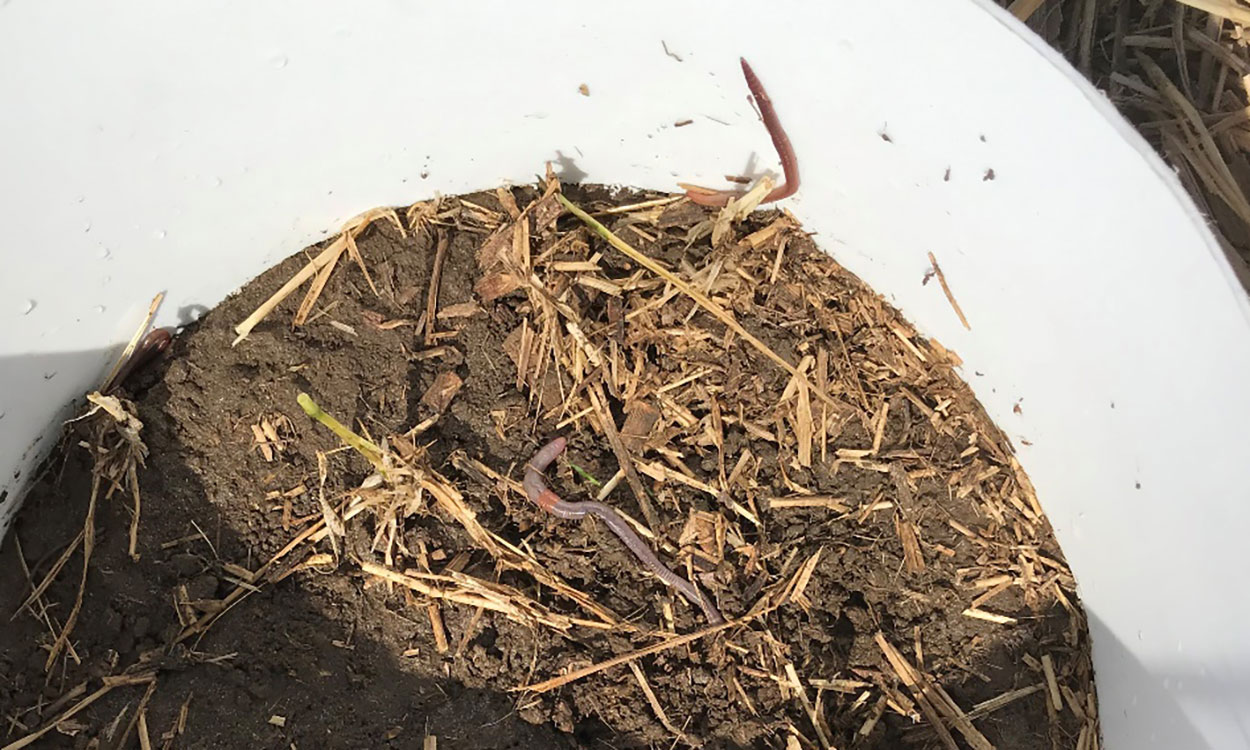
How’s Life in the Soil? Ask (Count) the Earthworms.
Earthworms are ‘very special’ creatures on earth, and their contribution in soil nutrient cycling and fertility management has been acknowledged from the beginning of agriculture. So, the question needs to be asked, how can we help improve earthworm populations?
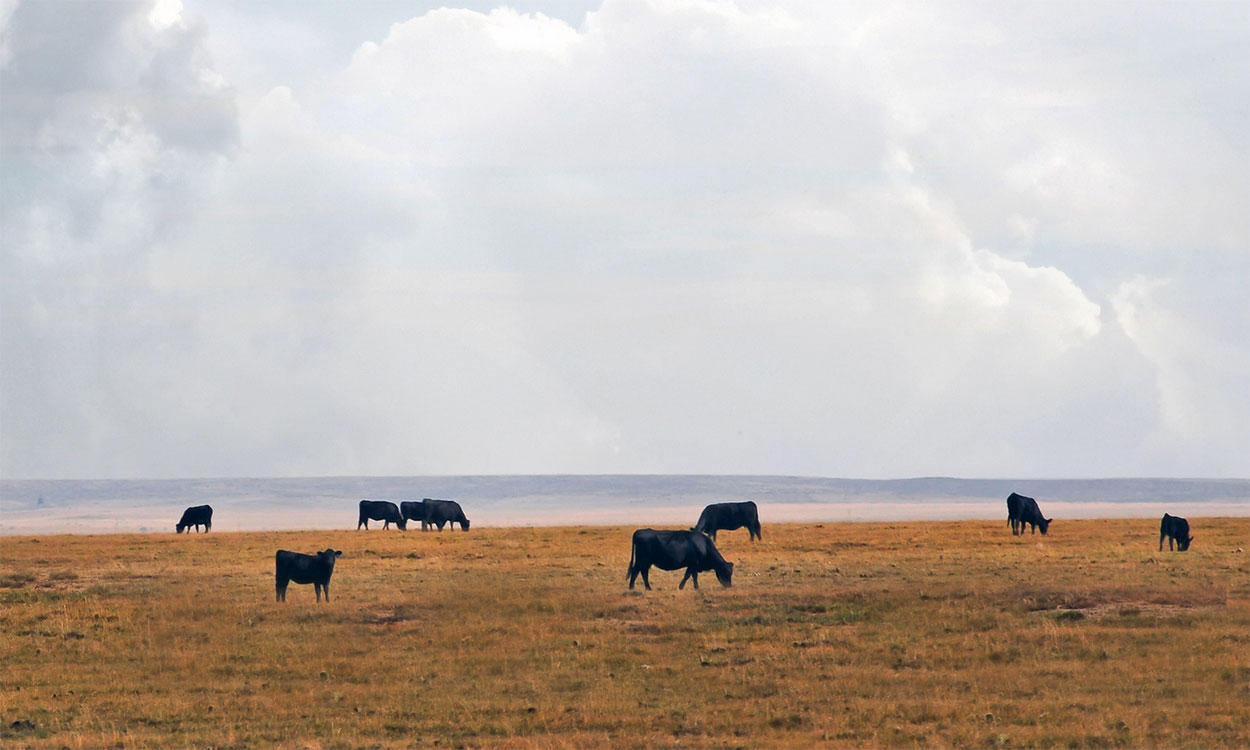
S.D. Producers’ Willingness To Adopt Patch Burn Grazing vs. Winter Patch Grazing
Patch-burn grazing and winter patch grazing are heterogenous rangeland management practices that aim to increase the variety of grass composition to benefit wildlife and maintain livestock production. To learn about producers’ desire to adopt these practices, we conducted an online survey between November 2019 and January 2020.
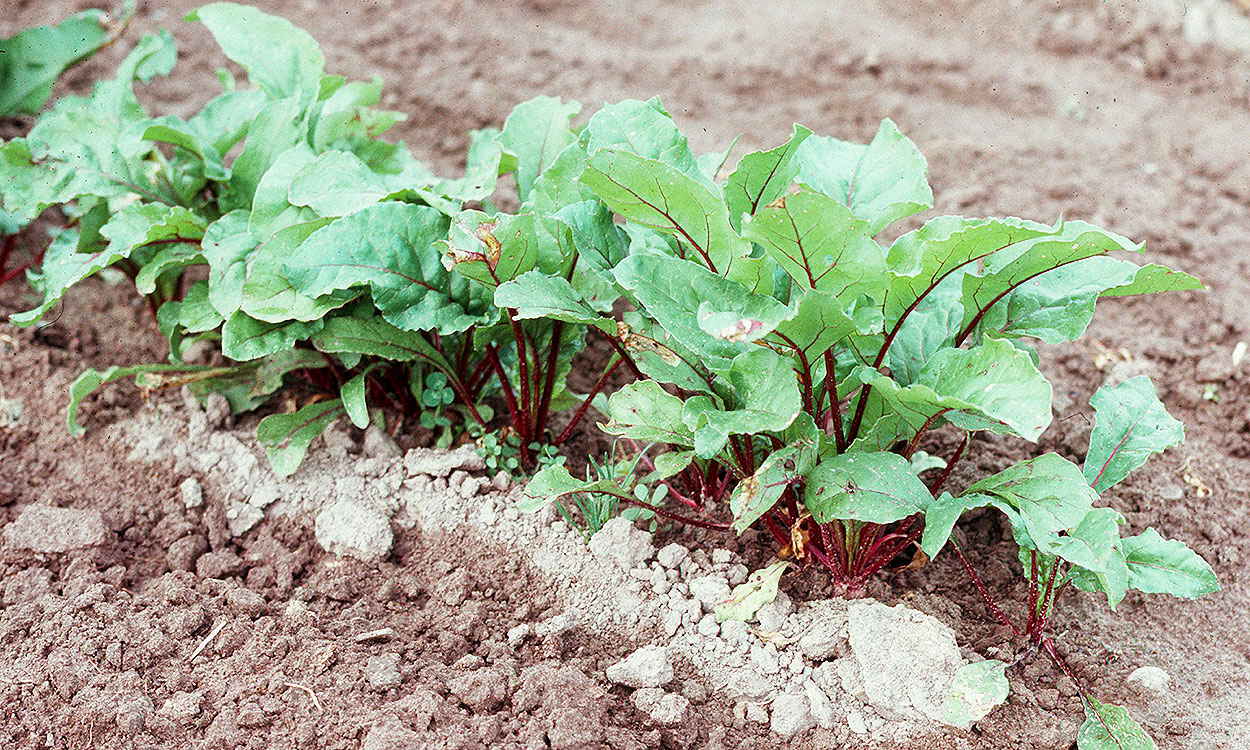
Beets: How to Grow It
Beets are commonly grown for their bulbous roots, but their tops can also be harvested for greens, and they are an excellent source of Vitamin A as well as calcium. They grow best in the cooler temperatures of spring or fall.
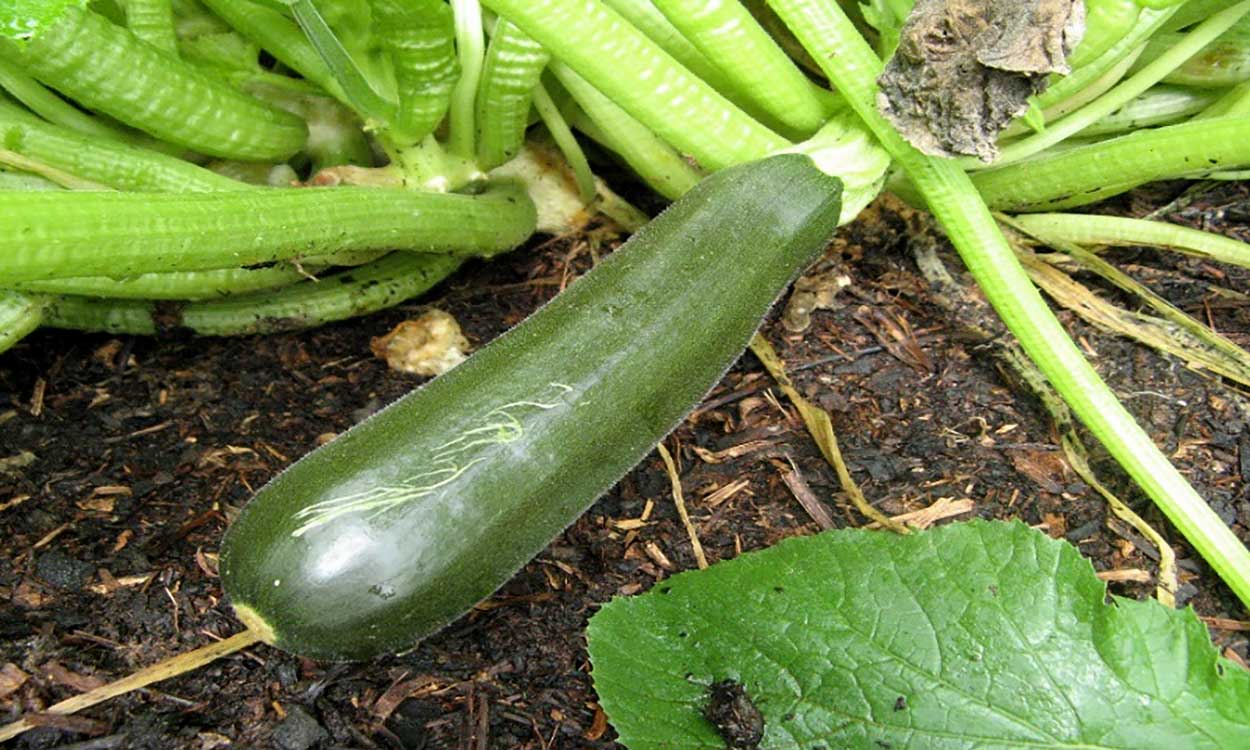
Summer Squash: How to Grow It
There are many types of summer squash, including the familiar zucchini (which can be green, green-striped, or yellow), crookneck, straightneck, patty pan and more.
SDSU Extension to Host Sustaining the Legacy Virtual Conference
November 13, 2020
SDSU Extension will host a Sustaining the Legacy virtual conference on December 2, 9 and 16 from 6:30 p.m. to 9:30 p.m. CST each evening.

SDSU Extension beefSD Team Awarded $600,000 Beginning Farmer and Rancher Development Program Grant
November 13, 2020
On September 24, the United States Department of Agriculture’s National Institute of Food and Agriculture (NIFA) announced grant investments of more than $53 million across three unique programs for U.S. farmers, ranchers and military veterans to support American agriculture.

SDSU Extension Selects Participants for Class 5 of beefSD Program
November 13, 2020
SDSU Extension has selected participants to partake in Class 5 of the beefSD program.